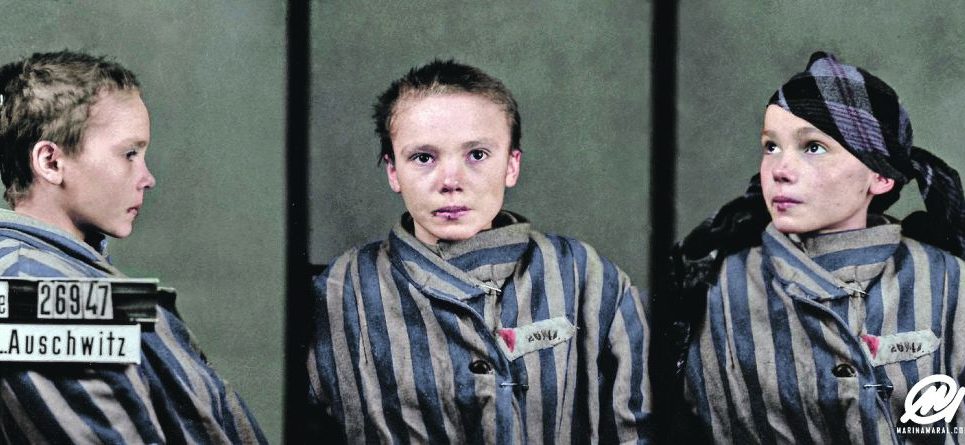Perhaps you’ve been troubled in recent years by the casual invocation of Auschwitz and other Holocaust references as analogies to current politics.
They’re meant as shock value but too often the effect is to blunt the shock of the Holocaust.
There was nothing like the Holocaust, which is why a project that made its debut this month on the internet is so important.
Faces of Auschwitz is the work of Marina Amaral, 24, a Brazilian who specializes in the colorization of black-and-white images.
She was initially inspired by the registration photo of Czesława Kwoka, one of 230,000 children sent to the death camp in Poland.
She lasted three months in the camp.

“Czesława Kwoka was only 14 years old, but she was braver than I ever would be. If I make a small cut on my finger, it’s the end of the world,” Amaral writes. “She has been beaten by a kapo, but she looks so strong. It seemed even more real and powerful after I colored the bruises and blood on her face. ”
Colorizing one image can take about a month, and there are 38,916 registration photographs that survived the Nazis last-minute attempt to destroy all of them.
“It is much easier to identify with these people once you understand them and see them as real human beings,” Amaral says. “It has nothing to do with me or my job but with the power of the colors to make us understand that these people who lived hundreds of years before us also had families, friends and dreams and have gone through difficult times — just like us. Look at Czesława’s eyes.”
The website went live on Thursday with 12 pictures and their stories.
